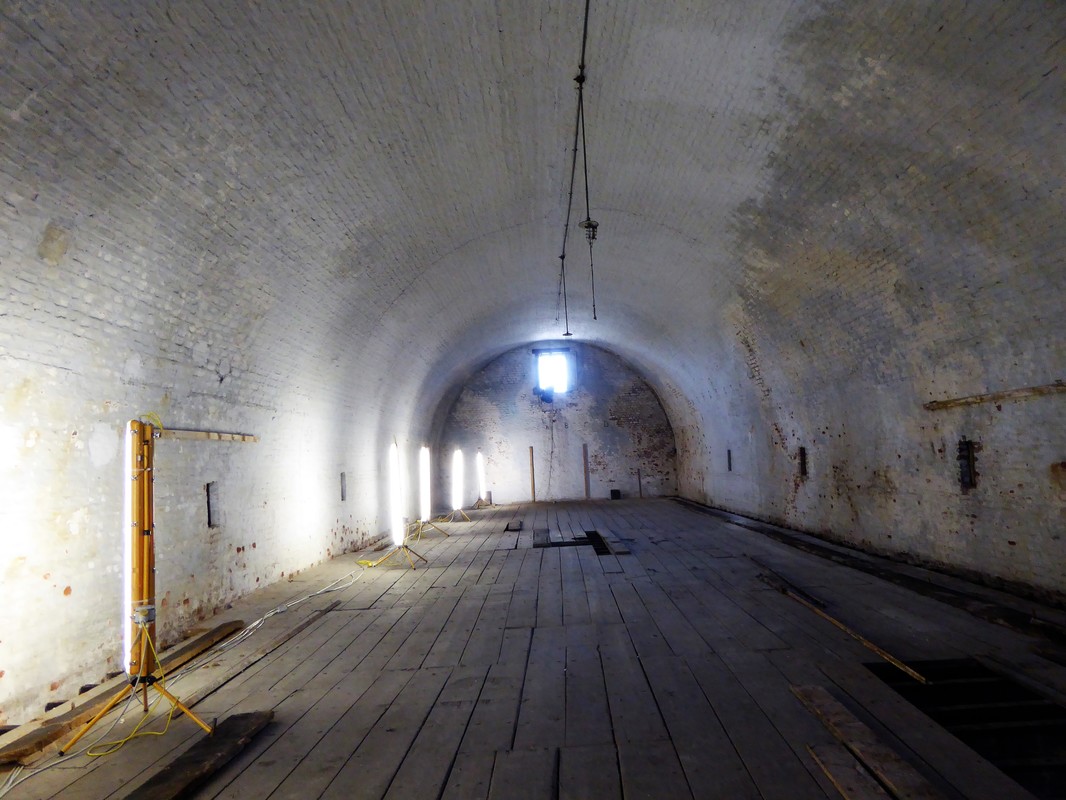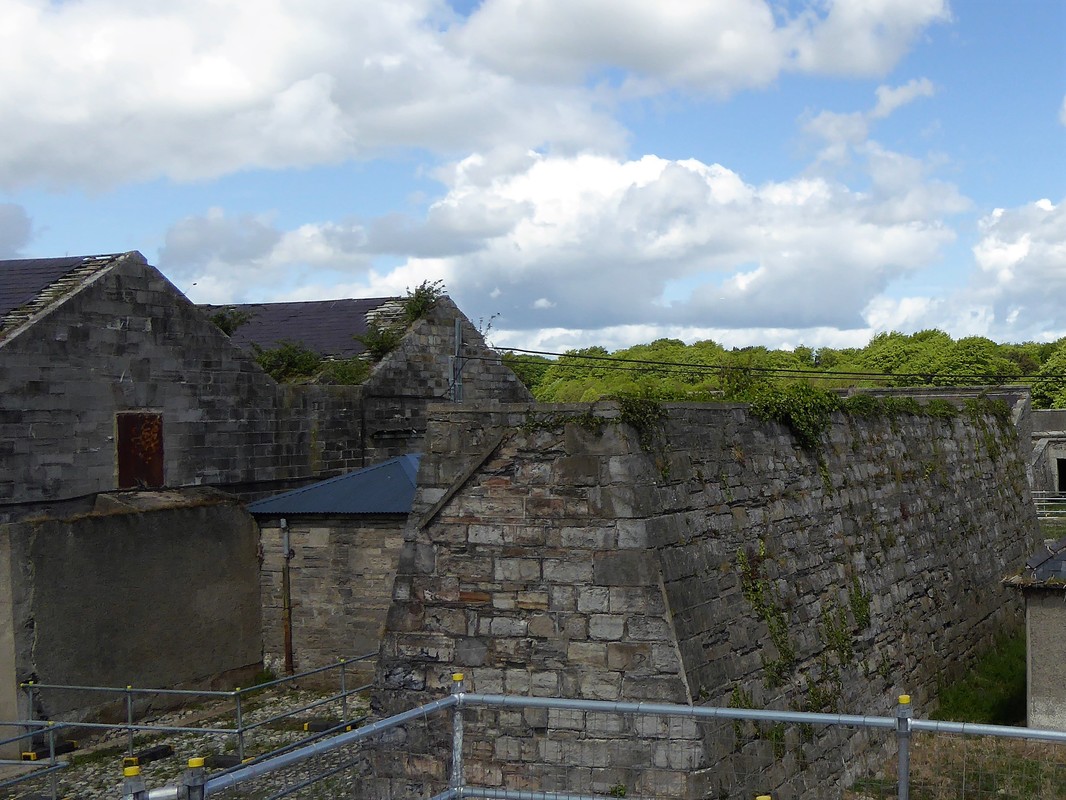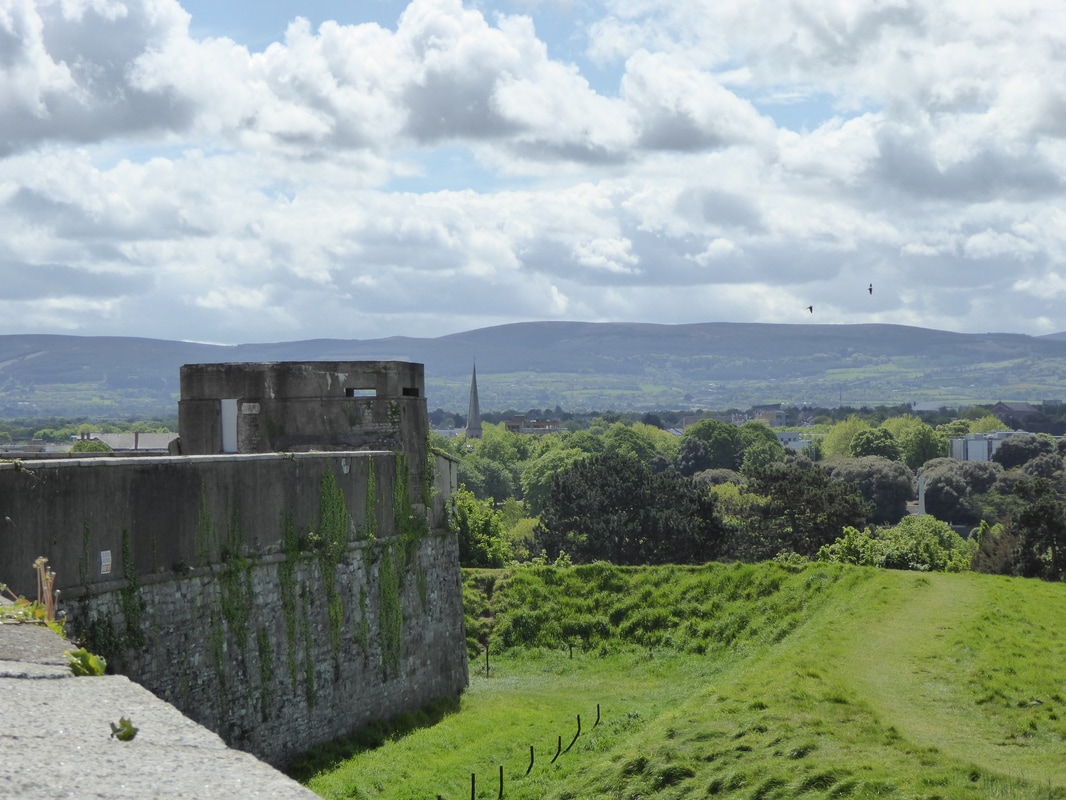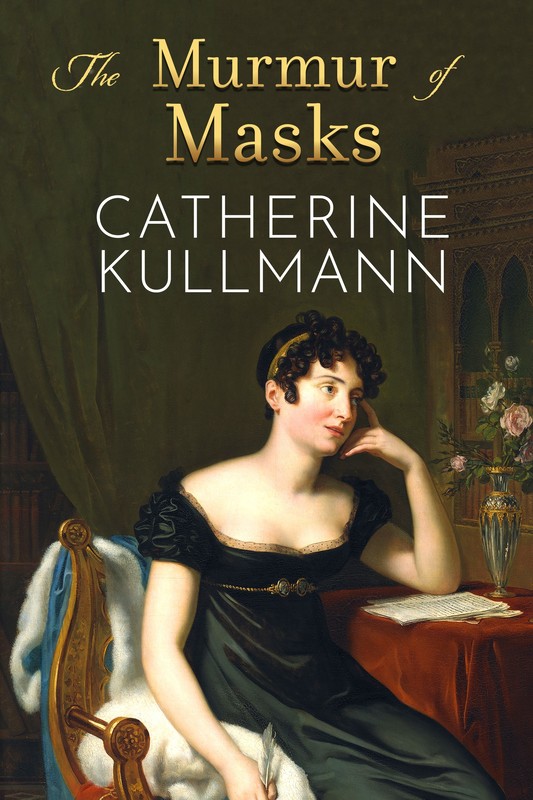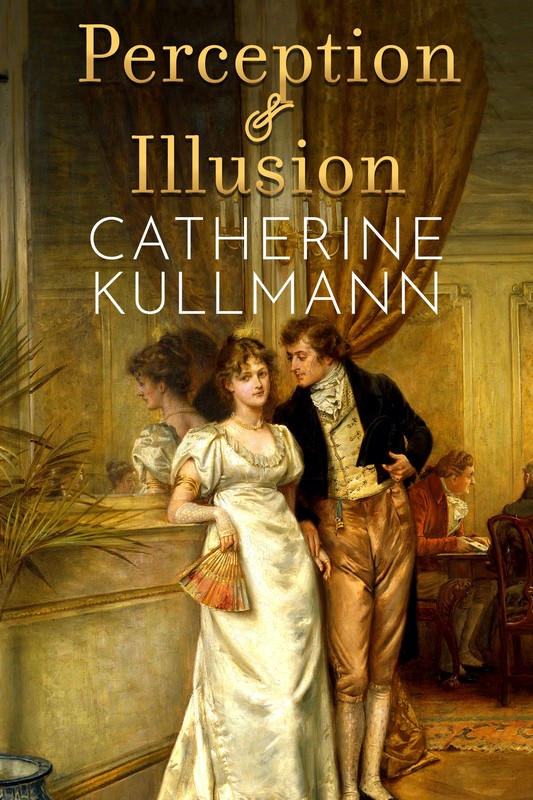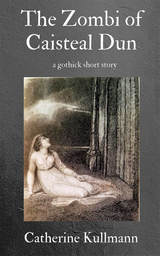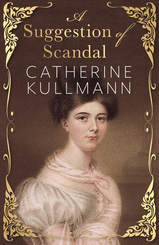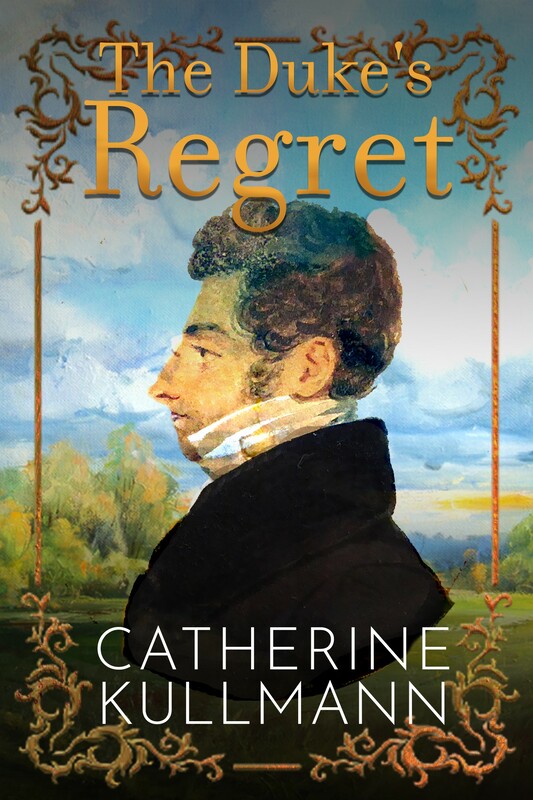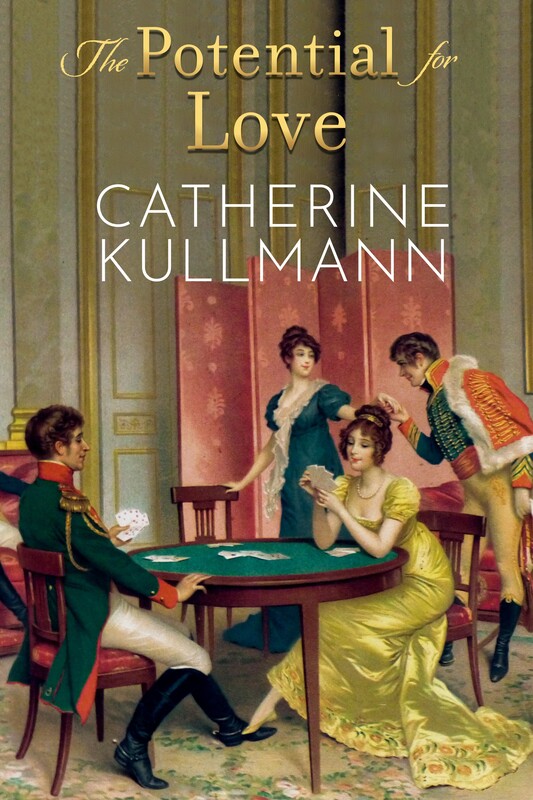The Phoenix Park—Phoenix is a corruption of the Gaelic ‘Fionn Uisce’ or ‘Clear Water’—was established in 1662 as a royal deer park, originally straddling the River Liffey about a mile and a half upstream from Dublin Castle. In the 1670s, Charles II tried to give the land to his mistress the 1st Duchess of Cleveland, perhaps better known as Barbara Palmer or Lady Castlemaine, but the viceroy, the Earl of Essex, combined with the Duke of Ormonde to prevent this. The Park was reduced to its present size of 707 hectares (1752 acres) north of the Liffey in 1680 when the Royal Hospital in Kilmainham was built on the south bank side. First opened to the public in 1745, it is one of the largest, enclosed, urban, recreational spaces in Europe, almost three times the size of Hyde Park and Kensington Gardens together.
The overall impression of the visitor to the Park is one of wide open spaces with gleaming lawns and magnificent trees but it shelters Áras an Uachtaráin (the residence of the President of Ireland, Farmleigh House (the official guest house of the Irish Government), Garda (police) headquarters, the residence of the US Ambassador to Ireland, Ashtown Castle and Demesne, nine acres of Victorian flower gardens, Dublin Zoo, a herd of four hundred or so fallow deer, polo and cricket grounds, a variety of football and hurling pitches, and an abandoned magazine fort.
The overall impression of the visitor to the Park is one of wide open spaces with gleaming lawns and magnificent trees but it shelters Áras an Uachtaráin (the residence of the President of Ireland, Farmleigh House (the official guest house of the Irish Government), Garda (police) headquarters, the residence of the US Ambassador to Ireland, Ashtown Castle and Demesne, nine acres of Victorian flower gardens, Dublin Zoo, a herd of four hundred or so fallow deer, polo and cricket grounds, a variety of football and hurling pitches, and an abandoned magazine fort.
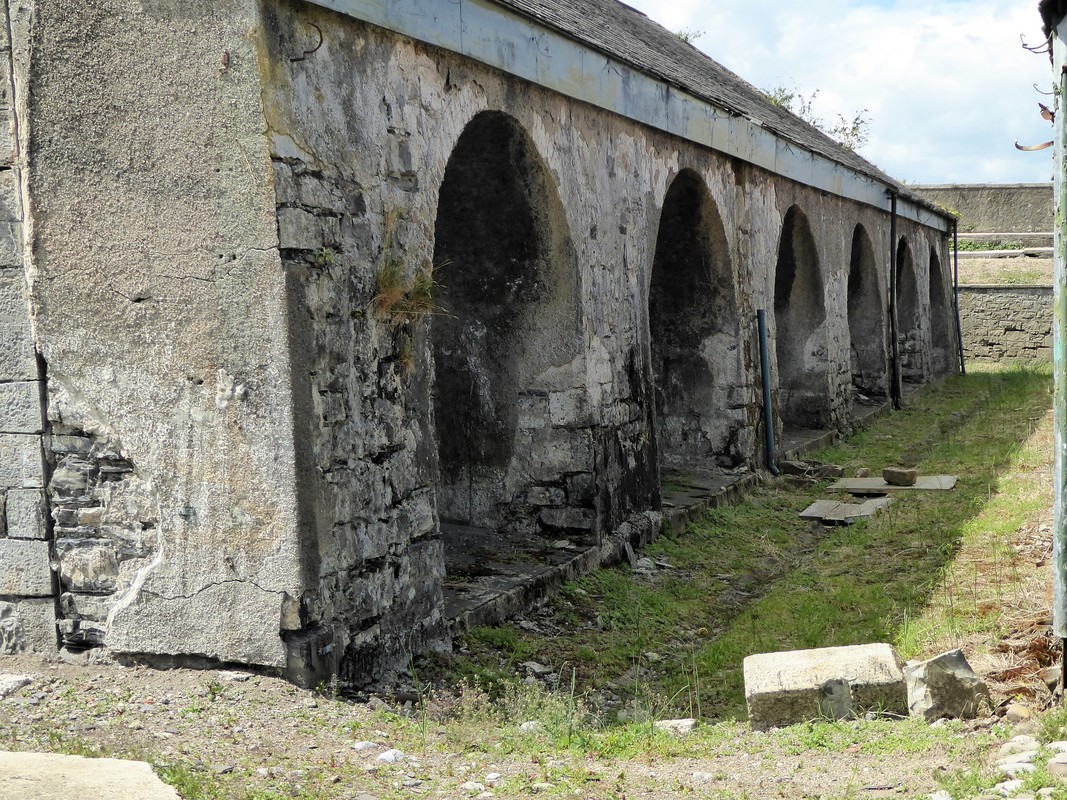
Square in plan, with three demi-bastions and a later, triangular extension, the fort was constructed in 1734 to store the explosive ‘black powder’. Previously, this had been stored in the powder magazine at Dublin Castle, a less than ideal situation, as became apparent in 1684 when Lord Arran, Deputy and son of the Viceroy, the Duke of Ormond, was obliged to give orders to blow up the long gallery communicating with the north-east tower in order to prevent a fire that started in his dining-room from reaching the powder magazine. The powder was initially removed to the new Royal Hospital Kilmainham, but this was not a permanent solution.
The magazine fort in the Phoenix Park was built with an eye to minimising the risk of and potential damage by accidental explosions. A blast wall (above in the foreground on the right) was built at right angles to the three magazines. This wall was not a solid construction but built around a rubble core that would collapse in on itself in the event of an explosion. The arches on the walls of the long side of the magazine buildings (below) were were designed to break up the shock wave of an explosion. All fittings were made as far as possible to avoid accidental sparks through friction. The raised oak floors (the original floors remain and one can be seen in the top photo) were fastened with timber dowels rather than nails and locks were made of brass instead of steel. The three horses assigned to the first troops stationed there were not stabled on site but further down the hill, presumably to avoid sparks generated by horseshoes striking the cobblestones.
The fort was occupied until 1980 by the Irish army, although no munition was stored there after 1939. Today the grey stone buildings rise derelict from the eighteenth century cobblestones and the modern steel ramps, steps and platforms installed by the Office of Public Works to facilitate tours for visitors lend an industrial air to the scene. The once-proud entrance arch was demolished to permit the entrance of modern lorries. Weeds grow everywhere while wooden doors gape ajar, half-rotten. Despite this gloomy appearance, enough remains of the original structures to make the fort worth a visit, even if it is only to enjoy the views over the park and surrounding countryside. An archaeological survey is being carried out at present and it is hope to restore the complex for use for exhibitions etc.
The magazine fort in the Phoenix Park was built with an eye to minimising the risk of and potential damage by accidental explosions. A blast wall (above in the foreground on the right) was built at right angles to the three magazines. This wall was not a solid construction but built around a rubble core that would collapse in on itself in the event of an explosion. The arches on the walls of the long side of the magazine buildings (below) were were designed to break up the shock wave of an explosion. All fittings were made as far as possible to avoid accidental sparks through friction. The raised oak floors (the original floors remain and one can be seen in the top photo) were fastened with timber dowels rather than nails and locks were made of brass instead of steel. The three horses assigned to the first troops stationed there were not stabled on site but further down the hill, presumably to avoid sparks generated by horseshoes striking the cobblestones.
The fort was occupied until 1980 by the Irish army, although no munition was stored there after 1939. Today the grey stone buildings rise derelict from the eighteenth century cobblestones and the modern steel ramps, steps and platforms installed by the Office of Public Works to facilitate tours for visitors lend an industrial air to the scene. The once-proud entrance arch was demolished to permit the entrance of modern lorries. Weeds grow everywhere while wooden doors gape ajar, half-rotten. Despite this gloomy appearance, enough remains of the original structures to make the fort worth a visit, even if it is only to enjoy the views over the park and surrounding countryside. An archaeological survey is being carried out at present and it is hope to restore the complex for use for exhibitions etc.
